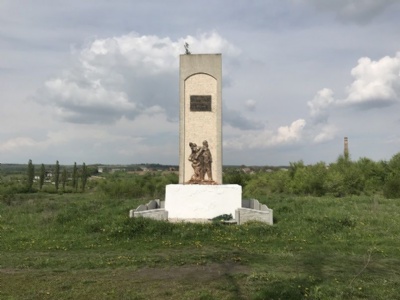Mizocz
About thirthy kilometres south of Rivne lies the village Mizocz. At the time when Germany invaded Soviet Union in June 1941 about 1000 Jews lived there. Of these, about 300 managed to escape eastward before the Germans occupied Mizocz in late June 1941. Immediately anti-Jewish measures were imposed on Jews in and around Mizocz and sporadic executions occurred in the wake of the occupation. In spring 1942, the Germans set up a ghetto where Jews from nearby villages were forced to move into. In the autumn of 1942 there were about 1700 Jews in the ghetto. On October 13, 1942, the ghetto was surrounded by German police and Ukrainian auxiliary police. Under the pretext of deportation, the germans tried to lure the Jews to assemble at a square. But the Jews felt that something was wrong and began to resist and set fire to houses in the ghetto. The next day, the Jews were forcibly taken from the ghetto to a gorge just south of Mizocz and murdered by Nazi mobile killing squads. A total of about 1,500 Jews were murdered at the gorge.
Current status: Monument (2019).
Location: 50°23'42.55"N 26°07'06.34"E
Get there: Car.
Follow up in books: Arad, Yitzhak: Holocaust in the Soviet union (2009).


The monument is located on the edge of the village and behind the monument lies the gorge. Some of the most famous and macabre photographs of Nazi mobile Nazi killing squads in action were taken in Mizocz.